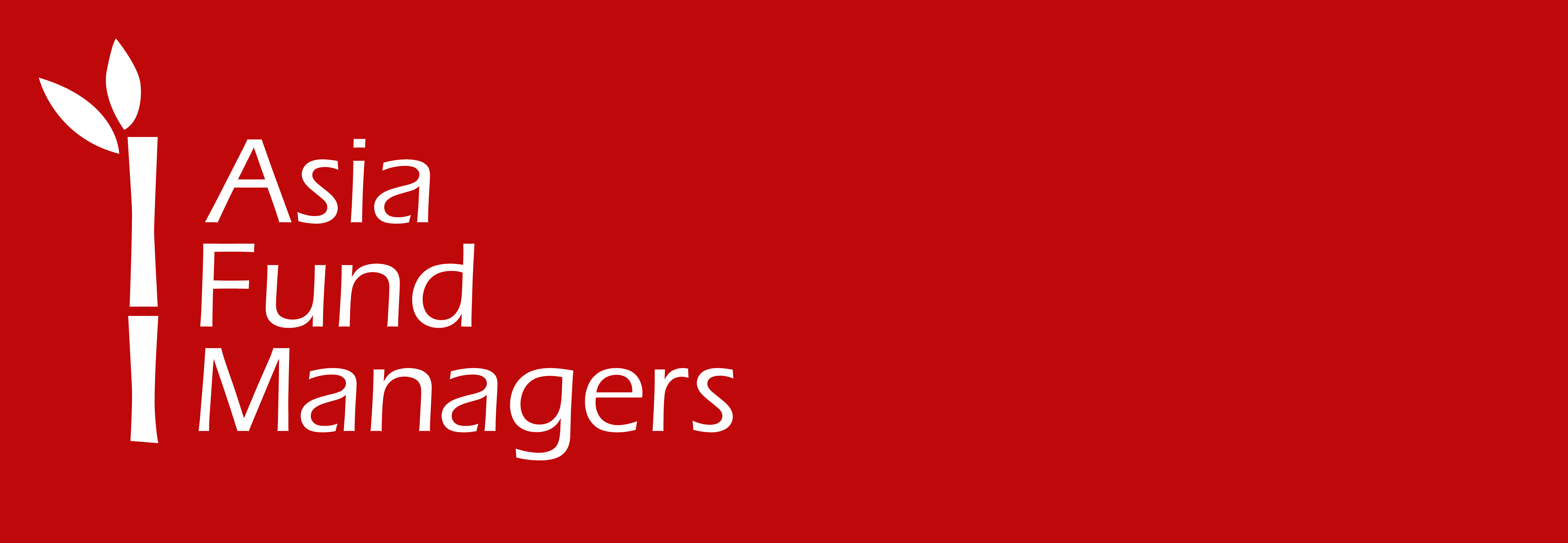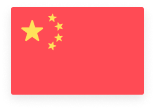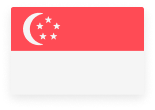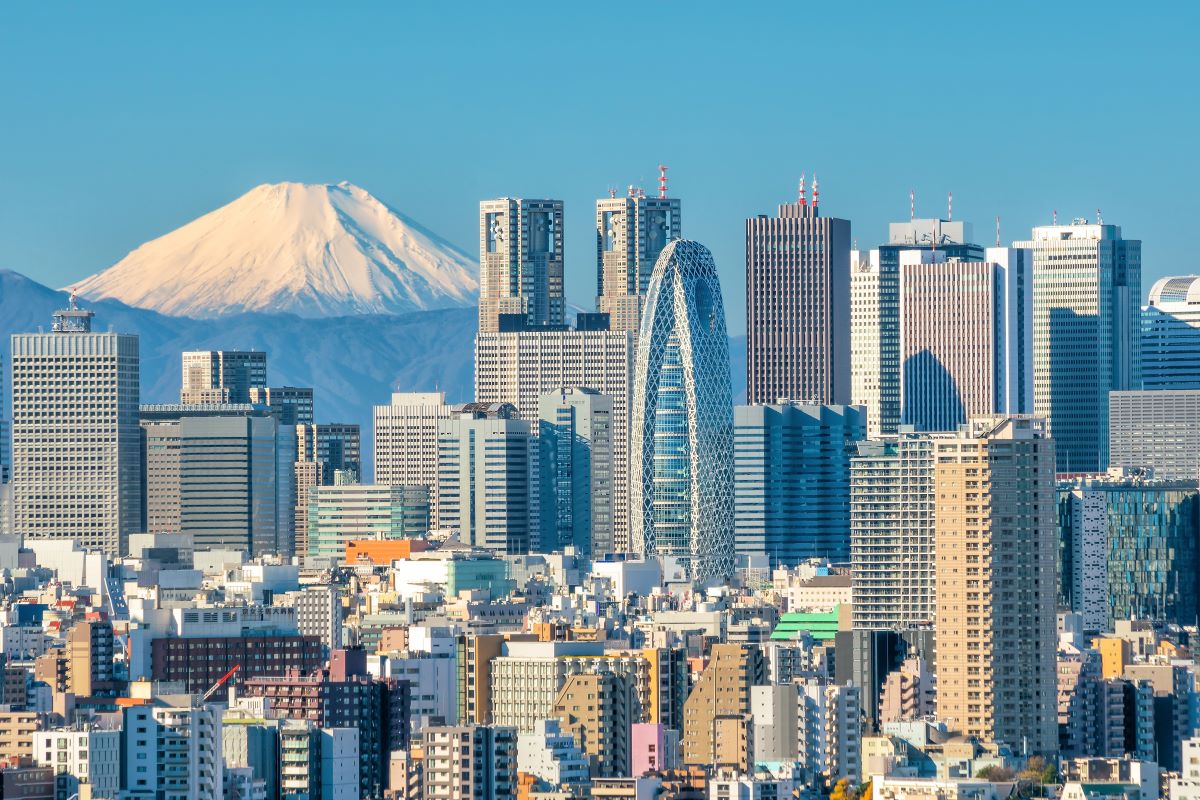Battling high inflation and a weakening currency, Japan just announced an economic stimulus package to help businesses and households impacted by steep prices. The $200 bn Japan stimulus comes shortly after the Bank of Japan held interest rates steady at negative 0.1%.
Japan saw inflation rise to a 40-year high of 3.4% in October, higher than the central bank target of 2%. Japanese households are dealing with high energy costs as a weakening yen has made imports expensive.
Features of Japan stimulus package
The economic stimulus might be a double-edged sword for the economy as the government continues with efforts to maintain liquidity, while central banks around the world are hiking interest rates. On the other hand, the yen has weakened past 151 against the US dollar this month to multi-decadal lows.
Prime Minister Fumio Kishida, whose approval ratings are at an all-time low, said that his government “will protect people’s livelihoods from high prices through effective and drastic easing measures.”
“We are preparing various policies under the notion that the economy must be strengthened in the face of the exchange situation,” Kishida said talking about the yen’s depreciation.
The total fiscal spending under the Japan stimulus package will be 39 tn yen (~$260 bn), for which the government has earmarked an extra budget of 29.6 tn yen (~$200 bn). The Japanese government expects the stimulus package to boost the country’s GDP by 4.6%. The package will aid households with lower prices of food and energy, while businesses shall see capital going to fields such as environmental and digital technology. The Japan stimulus package includes subsidies which will help cut household electricity spending by 20%, and the government will issue coupons to families with newborns.
“Subsidies for fuel and price caps on wheat and animal feed should provide assistance to households struggling with the elevated costs of fuel and food through the end of the year. Another round of direct stimulus for low-income households will also support spending,” said Deloitte in its October outlook for Japan.
Consumer prices in the Tokyo metropolitan area rose 3.4% in October, up from 2.8% in September, per data from the Ministry of Internal Affairs and Communications. The figure is the highest since 1989.
Meanwhile, Japan’s September factory output saw a dip for the first time in four months as companies tackle steep raw material costs and a global economic slowdown. Factory output fell 1.6% in September, higher than economists’ expectation of a 1% decline.


 Australia
Australia China
China India
India Indonesia
Indonesia Japan
Japan Malaysia
Malaysia Philippines
Philippines Singapore
Singapore South Korea
South Korea Taiwan
Taiwan Thailand
Thailand Vietnam
Vietnam







